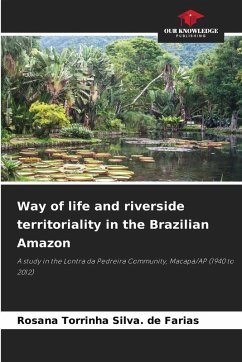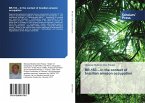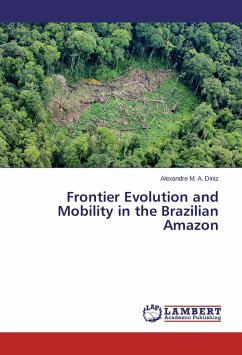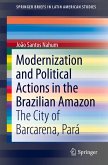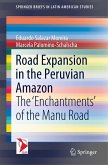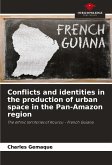The book depicts the riverside way of life and territoriality in transformation in the Lontra da Pedreira Community, Macapá-AP (1940 to 2012), as well as the reflections of the appropriation of Amazonian space in riverside culture. It presents the peculiarities and specificities of this social group's universe, as well as the socio-economic aspects that have triggered significant changes in this population's way of life throughout the historical process of land use. It is a rich collection of materialised results from on-site research, which has enabled analyses and proposals to be made regarding the daily relationships established in this space. This work is an important contribution to all those who seek to understand the reality of the Brazilian Amazon, as well as those who reflect on, analyse and discuss the historical contexts of appropriation of this region and the impacts on the way of life and territoriality of populations that have inhabited this space for centuries.
Bitte wählen Sie Ihr Anliegen aus.
Rechnungen
Retourenschein anfordern
Bestellstatus
Storno

